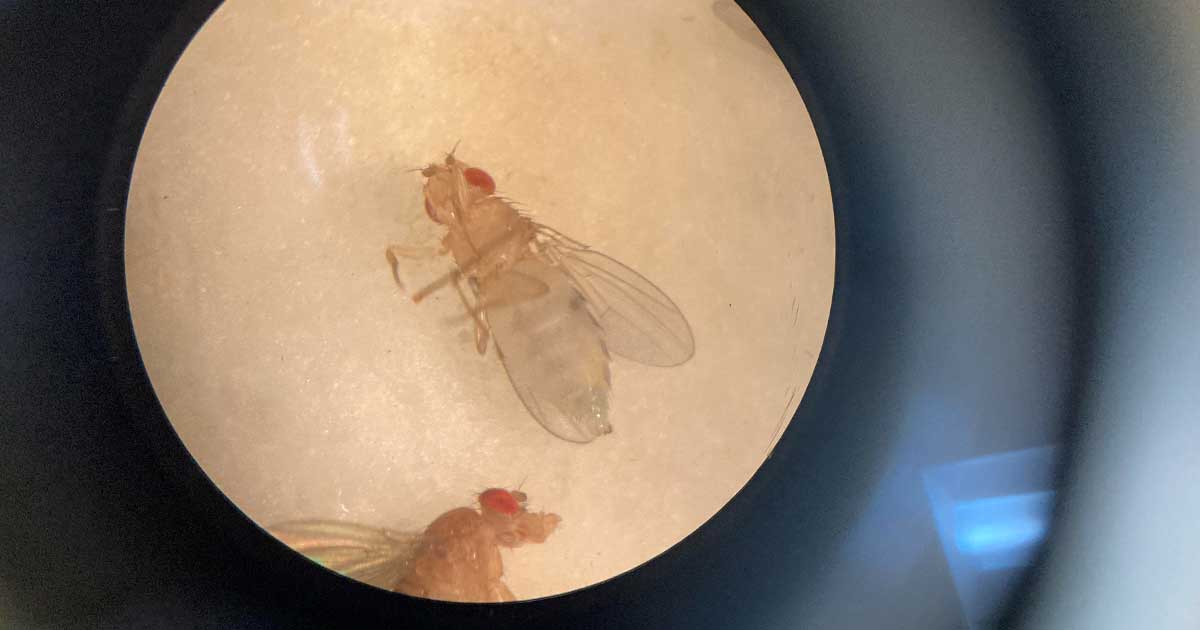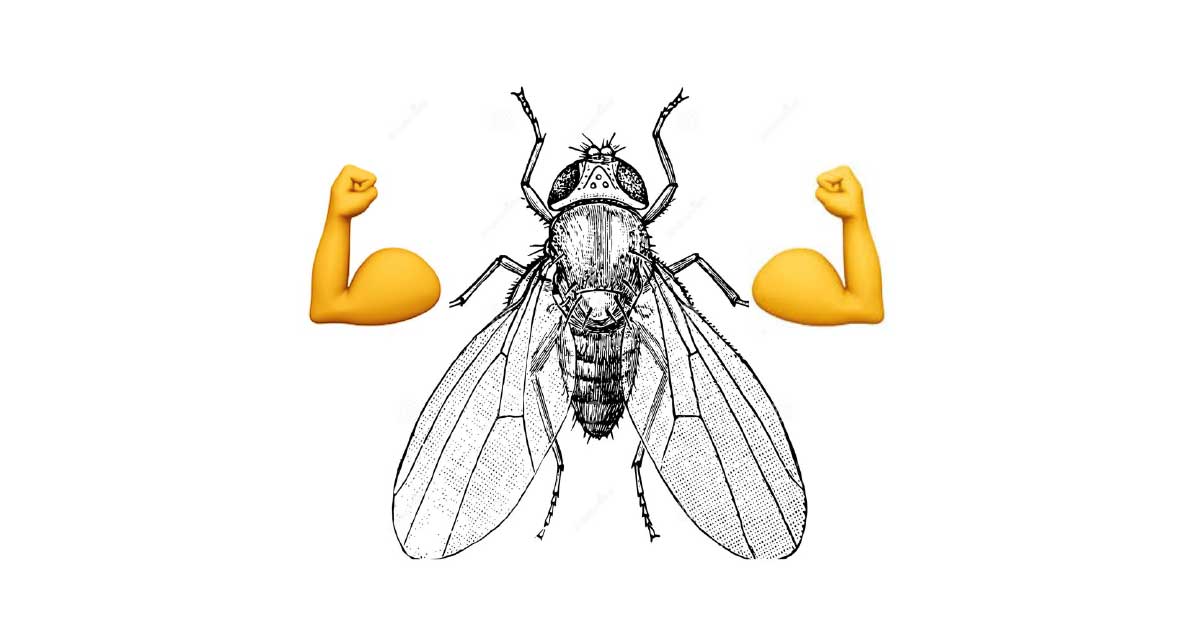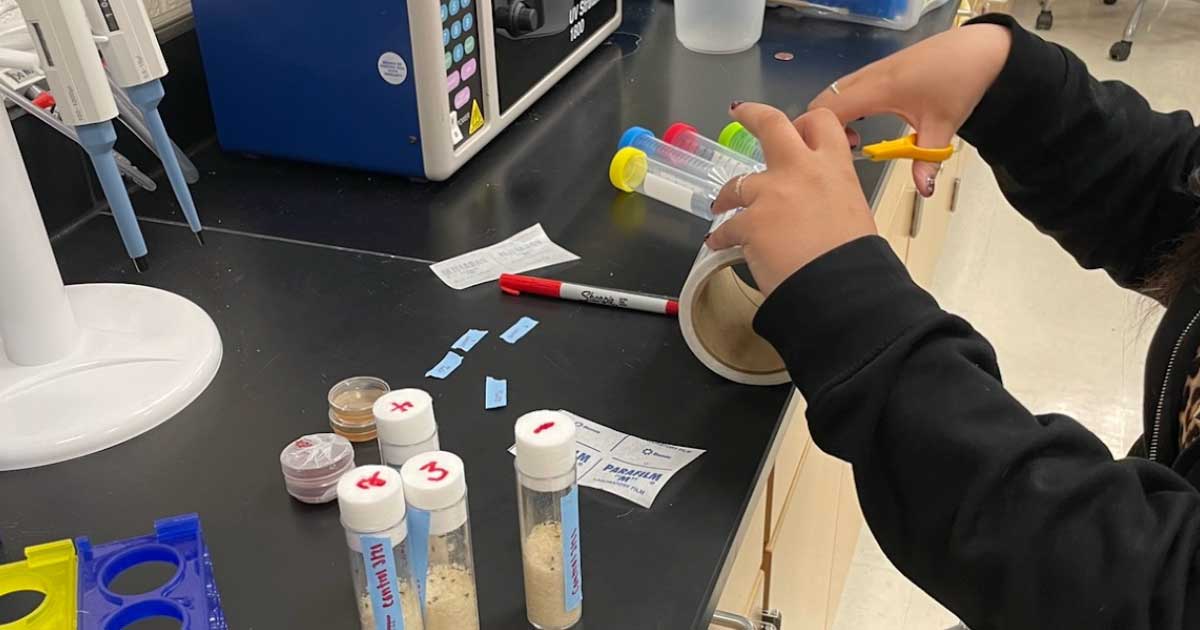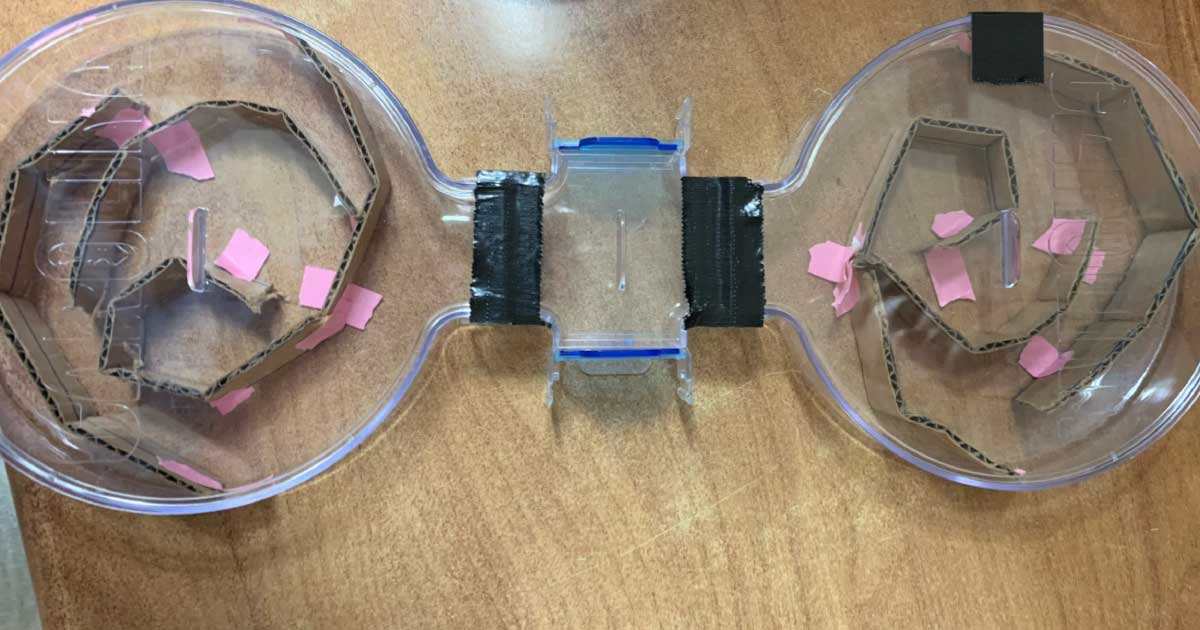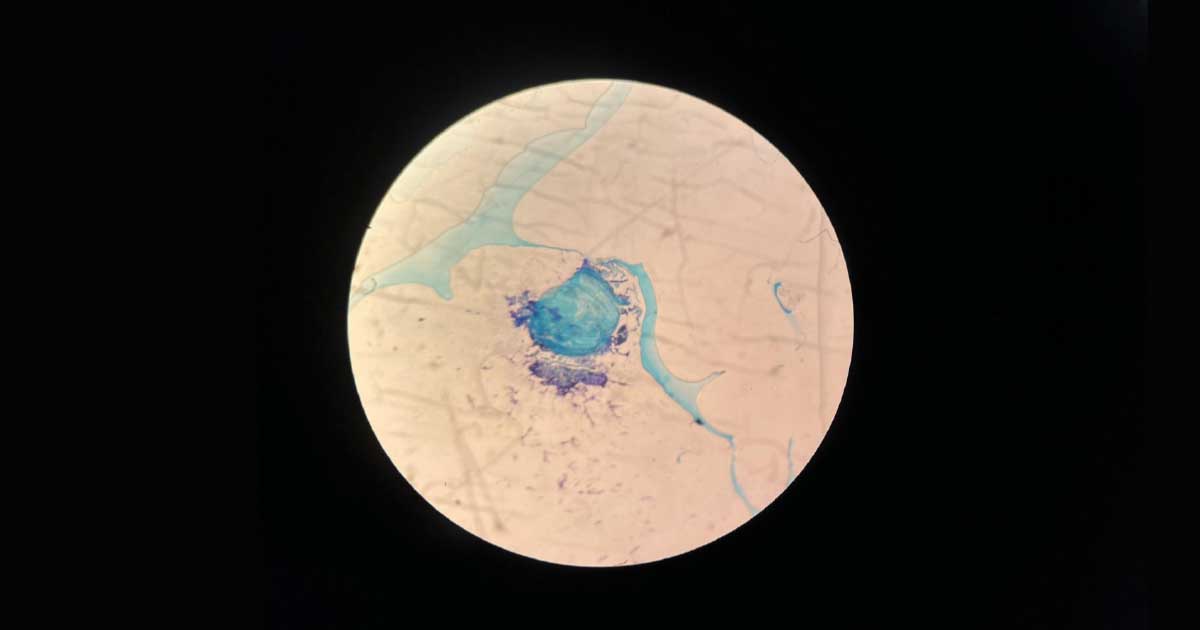By: B Cohen, Mal Bielski, and Derek Sheldon
We experimented on Drosophila Melanogaster and the effects of centrifugal force on their relative maze times to test whether or not they experience symptoms of the whiplash-associated disorder. Our group hypothesized that if we place the flies in the centrifuge for the maximum duration, the flies will experience the most significant decrease in maze times because of disorientation caused by centrifugal force. We were able to test this using an experimental plan that we created during our Genetics and Biotechnology class, taught by Mr. Beal. We recorded our results in our lab pads and our anecdotal data, such as fly stress and fertility rates. We successfully showed a correlation between centrifugal force over 60 seconds with far increased maze times for our fruit flies to locate and reach their specific reward food.

Our process included the following:
- Set the maze into the Carolina chamber
- Prepare a small petri dish with fly food
- Place a petri dish in the square chamber adjacent to the maze exit
- Block all sides of the square chamber, excluding the exit
- Use minimal CO2 in the vial of the experimental group
- Place the flies into a centrifuge tube
- Spin them for one minute at the speed connected to their experimental testing group (i.e., E1 is spun for 2000 rpm, E2 is spun for 4000 rpm, etc.)
- Drop the control group flies into the maze away from the exit by tapping the vial against the wall of the maze
- Place the experimental groups’ flies into centrifuge tubes one at a time
- Run each group in the centrifuge for 60 seconds
- Then separately run the experiment with each group in the maze waiting for one drosophila to reach the exit chamber
Our results displayed the following:

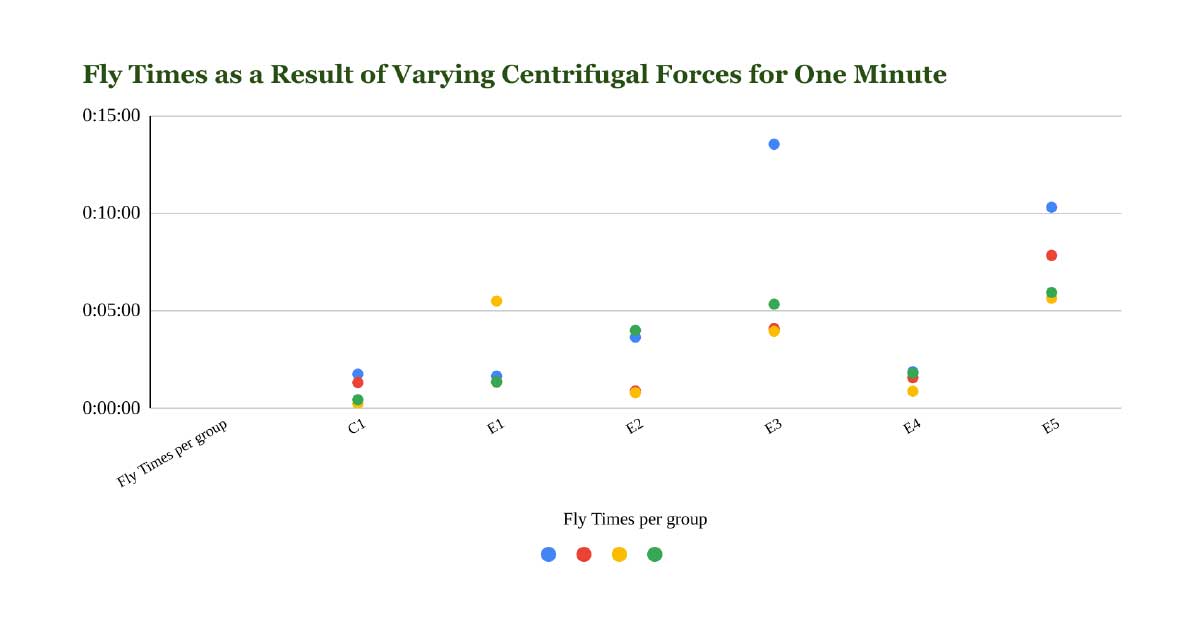
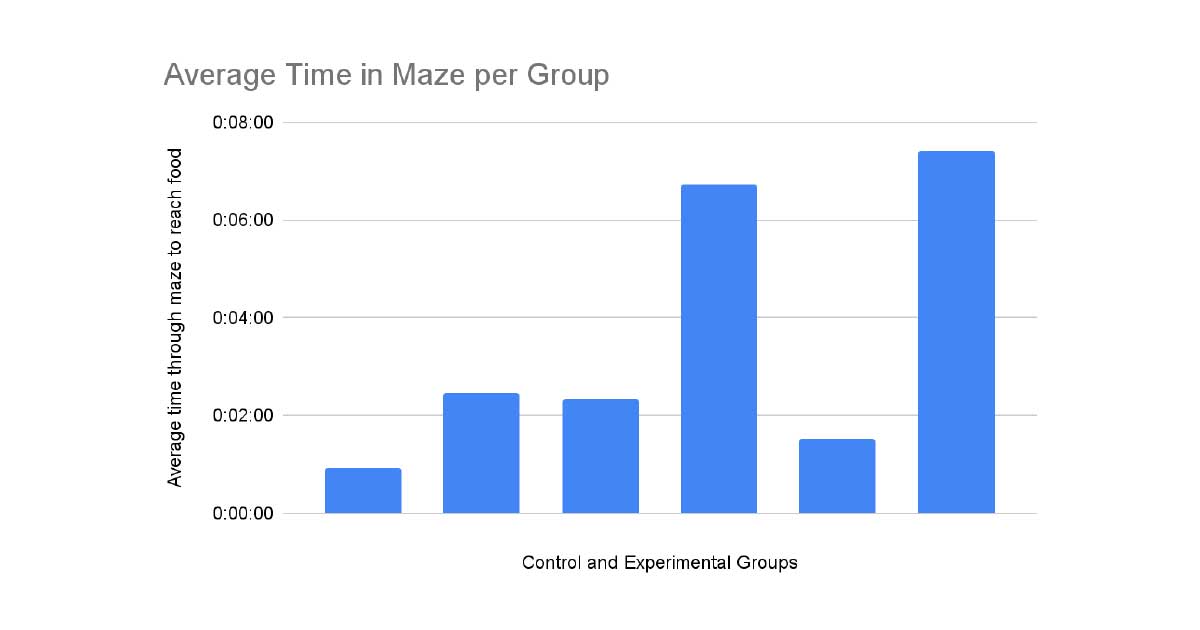
Overall, the drosophila remained normal and did not experience long-lasting effects. Flies under CO2 for slightly longer than a few seconds became sluggish and lazy. Flies spun at lower speeds showed fewer effects than those who experienced higher speeds, except for E3. Those results likely resulted from experiencing an equal amount of dizziness and aggravation. They were not conscious enough to be aggravated and motivated to escape the maze and displayed more symptoms of dizziness than their counterparts.
Implications of this research:
- Correlation between higher spin time and longer maze times shows that the spinning made them delirious
- Indicates some sort of whiplash disorder
- Exoskeleton seemed to protect most drosophila from being squished from the force
- We were hesitant to try higher speeds for longer times
- Inconsistency indicates a varying effect and need for more trials

